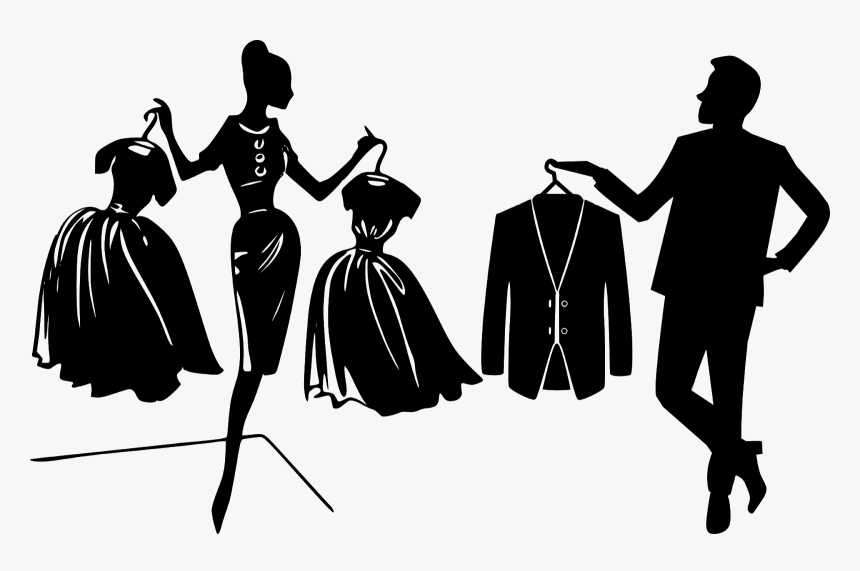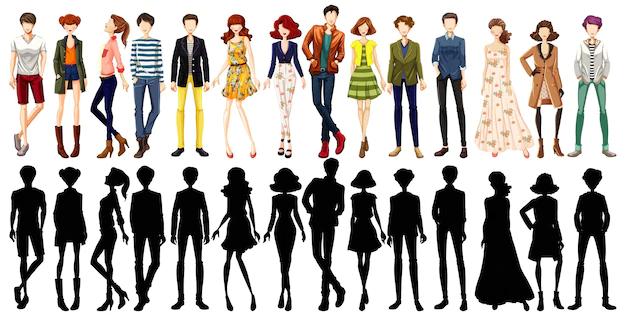Mastering Effortless Chic: 15 Principles of Fashion Design
The pursuit of effortless chic—achieving a sophisticated and stylish appearance with minimal apparent effort—is a significant aspiration in contemporary fashion. This article analyzes fifteen fundamental design principles, illustrating their strategic application in elevating personal style. We will examine these principles through the lens of established fashion design theories, demonstrating their practical application using real-world examples. The overarching framework for this analysis will be the application of Gestalt principles, color theory, and principles of visual balance and proportion to achieve a cohesive and aesthetically pleasing outcome. These are then contextualized within the broader concepts of personal style and capsule wardrobe construction.
Key Concepts: Before proceeding, let's define several key concepts. Color Theory involves the strategic use of color to create visual harmony and impact. Gestalt Principles, in design, describe how individuals perceive and organize visual information into cohesive wholes. Proportions and Balance refer to the visual weight and distribution of elements within an outfit, aiming for equilibrium. Emphasis is achieved by drawing attention to specific elements, often using statement pieces. Harmony and Unity are created through cohesive combinations of elements, fostering a sense of visual coherence. Finally, Personal Style represents the individual expression of aesthetic preferences, shaping the adaptation and application of broader design principles.
- The Power of Tailoring and Structural Design: A well-tailored garment, such as a suit, exemplifies the fundamental importance of fit and structural lines in achieving a polished appearance. This showcases the principles of silhouette and structural design, demonstrating how precise tailoring can significantly enhance the overall impact of an outfit. The careful consideration of fabric drape, seam placement, and overall silhouette contributes to a refined and confident aesthetic. This principle can be applied across diverse styles, from formal wear to casual attire.
- Classic Foundations and Capsule Wardrobe Construction: The utilization of foundational garments—like a crisp white shirt and well-fitting jeans—serves as the basis for versatile outfits. This exemplifies the principle of classic design and the concept of building a capsule wardrobe—a collection of versatile items easily mixed and matched to create a wide range of outfits. This approach minimizes decision fatigue while maximizing style impact, aligning with minimalist design principles. This methodology reduces the number of garments needed while maximizing the variety of outfits created.
- Monochromatic Harmony and Color Theory: Employing varying shades and textures of a single color creates visual harmony and sophistication. This approach, grounded in color theory, enhances the unity of the outfit and can visually elongate the silhouette. Subtle variations in tone prevent monotony and add depth. This is particularly effective in highlighting body shape and proportions, a key aspect of fashion design.
- Strategic Emphasis and Gestalt Principles: Incorporating a statement piece—a bold accessory, striking jewelry, or a distinctive garment—creates visual emphasis. This application of Gestalt principles directs the viewer's attention, elevating a seemingly simple outfit. The statement piece becomes a focal point, thereby enhancing the overall impact and memorability of the look. The choice of statement piece should align with personal style and the overall aesthetic goal.
- Textural Contrast and Visual Interest: Combining fabrics of different textures—such as chambray and denim—adds visual interest and depth to an outfit. This approach leverages texture contrast to create a more dynamic and engaging visual experience. The incorporation of various textures can elevate even simple garments, enhancing both visual and tactile appeal. This technique is particularly effective when combining differing weights and weaves of fabric.
- Effortless Flow and Layering: Layering, a key principle in fashion design, allows for the creation of dynamic and adaptable outfits. Combining a flowing maxi dress with a denim jacket illustrates the concept of design juxtaposition. This technique creates a balance between contrasting styles, producing an ensemble suitable for a wide range of casual settings. This method also allows for adaptability to changes in weather or occasion.
- Casual Refinement and Minimalist Principles: Combining simple elements—like a basic t-shirt and high-waisted trousers—demonstrates the power of thoughtful combination in achieving effortless chic. The addition of strategic accessories enhances the look, showcasing the principles of minimalism and accessorizing. This approach prioritizes quality over quantity, emphasizing the careful selection of each item.
- Strategic Layering and Design Cohesion: Layering involves the successive addition of garments to create depth and adaptability. Starting with a lightweight blouse, adding a cardigan, and finishing with a scarf demonstrates how layers can be strategically employed. This approach facilitates adaptation to different weather conditions while maintaining visual harmony. The careful selection of colors, textures, and proportions are crucial to the overall success of this technique.
- The Timeless Appeal of Classic Design Elements: A trench coat, a classic outerwear piece, instantly adds sophistication. Its pairing with other timeless pieces highlights the enduring appeal of classic design elements. This demonstrates the power of versatile pieces within a wardrobe, emphasizing sustainability and cost-effectiveness in fashion choices. The versatility of such pieces is a hallmark of their long-term value.
- Elevated Casual Wear and Texture Play: Combining a slouchy sweater with leather leggings and heeled ankle boots showcases the principle of texture contrast. The contrast creates visual interest, making a simple outfit more impactful. This is particularly effective in creating outfits suitable for transitional periods between day and evening.
- Modern Design and Relaxed Tailoring: A boyfriend blazer layered over a simple top illustrates the use of relaxed tailoring and modern design principles. This showcases how menswear-inspired pieces can be successfully integrated into a feminine wardrobe, highlighting contemporary styling trends. The relaxed fit allows for comfort without compromising style.
- Color Accents and Visual Impact: Incorporating a vibrant color—such as a red skirt with neutral top and accessories—adds visual interest and serves as a color accent. This technique draws the eye to a specific area, enhancing the overall look. The effective use of color accents can dramatically change the overall feeling of an outfit.
- Leather's Edgy Sophistication and Material Mixing: Leather pieces add a sophisticated edge to an ensemble. Pairing a leather jacket with silk illustrates the use of texture contrast and material mixing. This creates a chic and modern look, demonstrating how contrasting textures can be used harmoniously. The juxtaposition of different materials adds visual complexity and interest.
- Harmonious Print Mixing and Pattern Play: Mixing prints—such as floral and striped patterns—requires careful consideration of color palettes and scale to avoid visual chaos. This showcases advanced pattern and print mixing skills. The successful combination of prints demonstrates a sophisticated understanding of design principles and an ability to create visual harmony.
- Athleisure Integration and Contemporary Style: The athleisure trend combines comfort and style. Pairing leggings with an oversized hoodie exemplifies the application of modern casual design. This demonstrates the integration of athletic wear into everyday fashion, reflecting contemporary style trends and the increasing emphasis on comfort and functionality.
Conclusions and Recommendations: Mastering effortless chic requires a comprehensive understanding and strategic application of fundamental design principles. This article has explored fifteen key principles, demonstrating the practical translation of theoretical concepts. Future research could explore the impact of cultural and socio-economic factors on personal style, and the role of sustainability in shaping conscious fashion choices. The effective integration of these design principles allows for the creation of both stylish and personally expressive outfits, leading to a confident and polished presentation. The successful application of these principles enables individuals to express their unique style whilst maintaining a refined aesthetic.
Reader Pool: Considering the principles discussed, how might a deeper understanding of color theory and Gestalt principles further enhance the creation of truly effortless and chic outfits?



